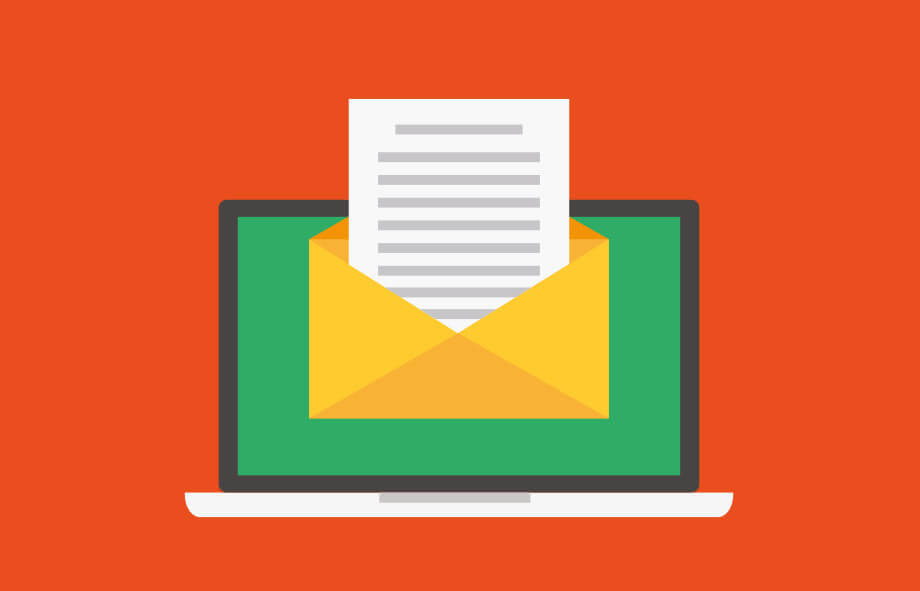How can you improve your direct mail copy to boost your ROI?
Seasoned pros may baulk at the prospect, but there’s never a bad time to brush up on the basics of direct marketing / direct mail. Here’s a coffee-break reminder on how to maximise response with your direct mail copy;

1. Use a person’s name.
Wherever possible, use a person’s name. “Dear Richard” or “Hi Rachel” will always get more interest from the reader than “Dear Homeowner” (although I appreciate the former may cost significantly more).
2. Grab their attention early.
Headlines needn’t be short, but they must entice the reader, ensuring your message is seen / heard. Leaflet presentation is key.
3. Be clear as to what your objectives are.
Often the message included in direct mail copy is lost, because the writer wasn’t absolutely clear about what was required. What do you want people to do? Request more information? Ask for a catalogue? Call a telephone number? Make an outright purchase? It should be impossible for potential customers to miss (or misinterpret) your call to action.
4. Keep paragraphs short.
And sub-headings engaging. People are busy, and many will scan your direct mail copy to see if it’s relevant to them (see below point number 8 re including a ps). Also, people may not understand particularly complex ideas, so keep it simple (unless of course you’re selling a complicated product to a savvy audience).
5. Talk about them – not you.
Understand your customer. They don’t want to hear about you. They want to know how your product or service will make their life better.
6. Benefits, not features.
Don’t just talk about the fact that your widget includes 720 hand-stitches – who cares? But when you add that 720 hand stitches make your widget 5 times more durable than the best of the rest, and that as a result you will happily include a 5 year guarantee – now you’re talking in language that appeals to their emotions. If you’re not sure whether the thing you’re talking about is a benefit or feature, one quick test for you – add “which means that” to the end of whatever you’re saying and complete the sentence. Now you’re probably closer to a benefit. Keep doing this until you can’t add anything more. eg “Our fence panels are treated with wood preserver” becomes “our fence panels are treated with wood preserver, which means that with just one coat the colour is guaranteed to last for a minimum of 5 years”. OK, so if your whole piece became littered with “which means that” it would sound clumsy, but you get the idea.
7. Add subsequent layers of incentives.
Hopefully you’ve included your big ‘offer’ or your major benefit in the headline. What else leads your customers down the path you’ve chosen for them? Is there a time limit on this offer? A money-back guarantee? A ‘try before you buy’ option? The more reasons you’ve got, the more opportunity to turn that ‘no’ into a ‘yes’ (or a ‘not now’).
8. Make your message scan proof.
For direct mail, include a P.S. at the end of your letter. As with point 4, above, people are in a hurry. At the very worst, your reader may scan their name, the first paragraph (which is why it should be fairly short) your signature (to see who sent this DM piece to them) and the P.S.
9. Split testing.
I’ll talk more about this another time, but briefly – split testing gives you an opportunity to assess two or more different approaches to see which generates the best response. For example, use a freephone number on one postcard mailing, and a local number on another. Try two different covers for your brochure or catalogue. Test different colours to see whether your customers respond better to one or the other. Monitor the results! No matter how primitive your system for tracking responses may be, you simply have to know what worked, and what didn’t. Remember leaflet presentation is crucial to success. Then pick the best from before, amend slightly and test again. And to those people that say they can’t afford to test… can you afford not to?
10. Follow-up.
Don’t assume that once is enough, and don’t put all your eggs in one basket. You must never spend your whole budget on one element of a campaign and hope to generate enough sales to fund the next part of the campaign. It’ll end in tears. Much better to spend more time targeting the right people on a smaller scale. That’s all for now! More next time on choosing who to contact, and deciding who your best prospects are. As always, all feedback is welcome!
